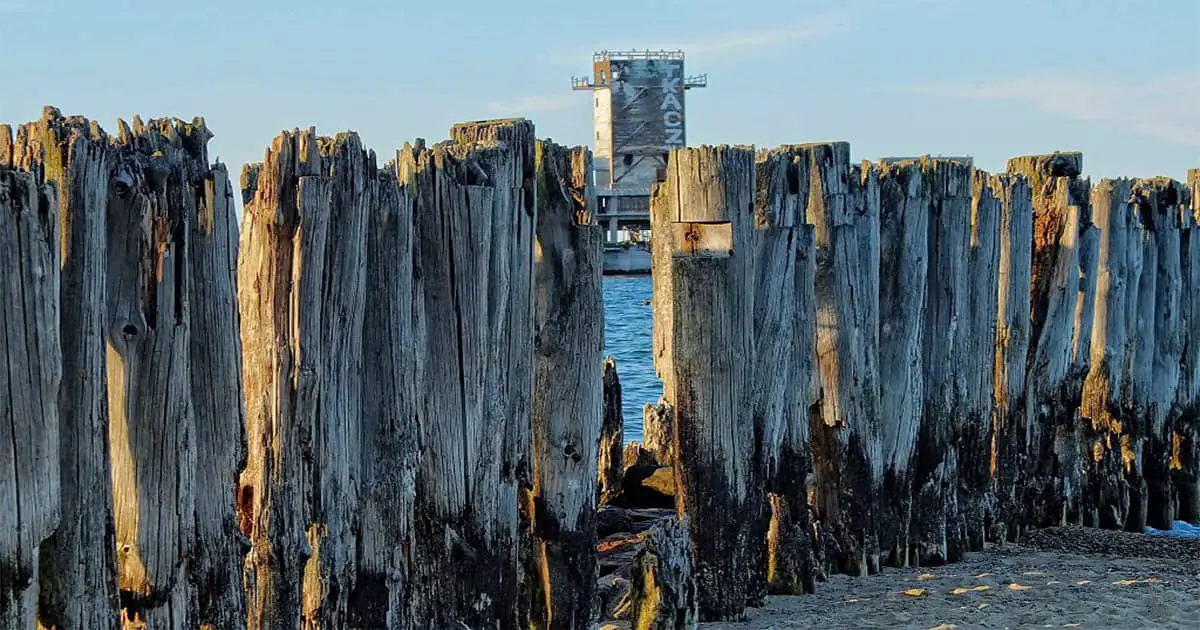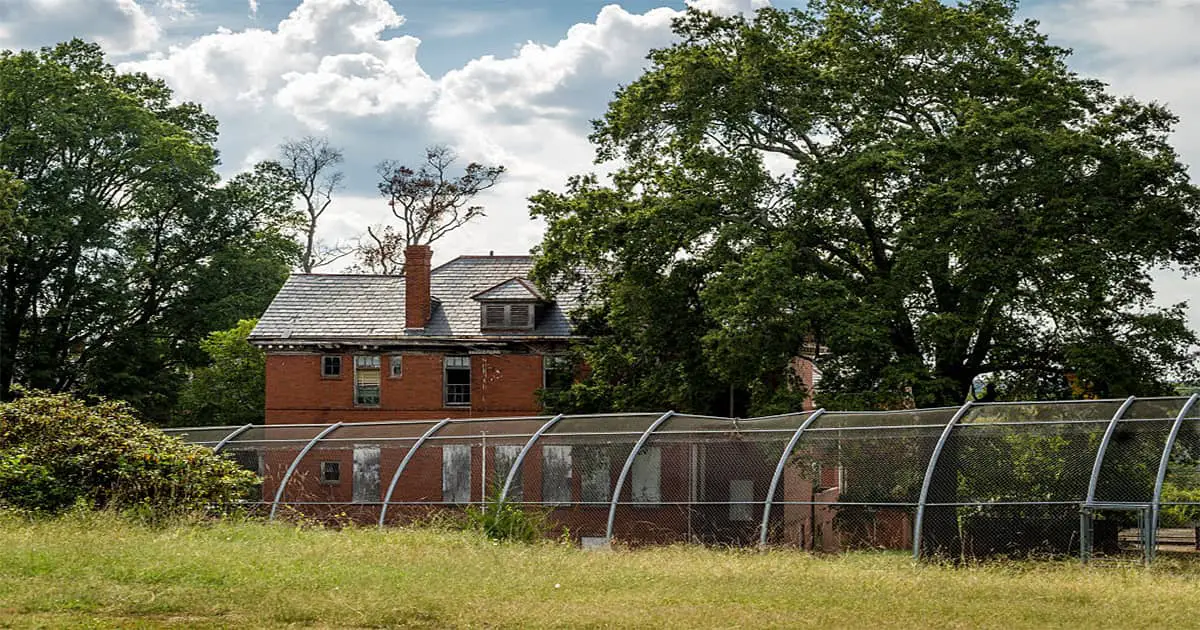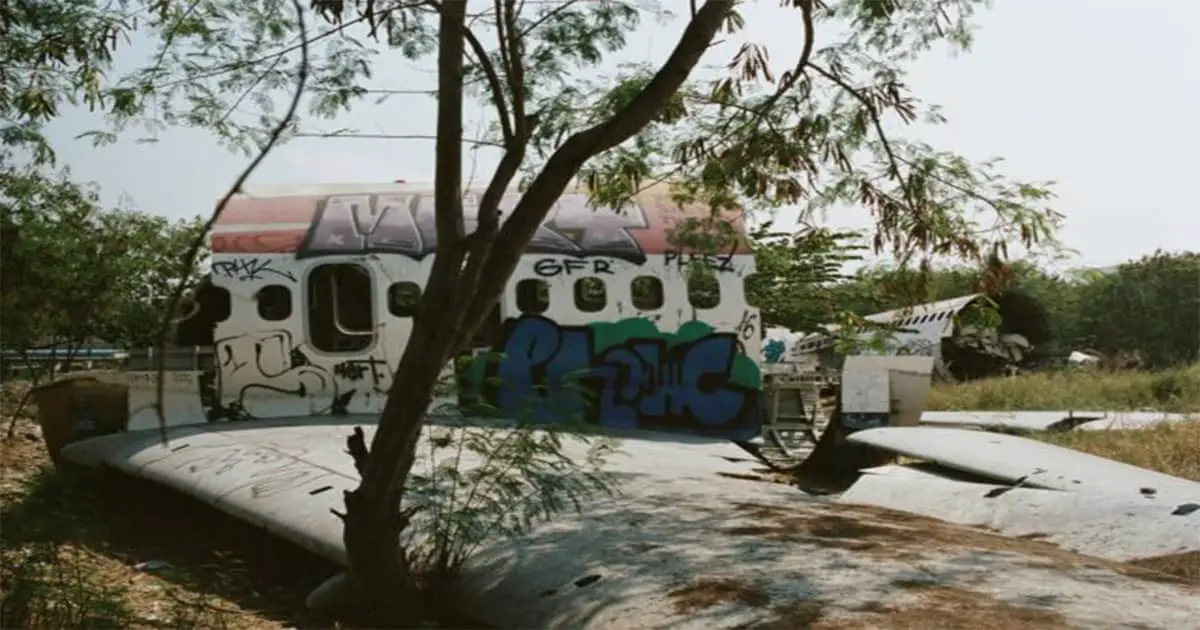Torpedownia is a complex that used to test torpedoes. It is located 1,000 feet off the coast of Gdynia, Poland. During World War II, the Kriegsmarine and Luftwaffe used it. The German military called it Torpedowaffenplatz Hexengrund. It was taken over by Soviet forces after the war ended, and it now stands empty, ready to fall into the water below.
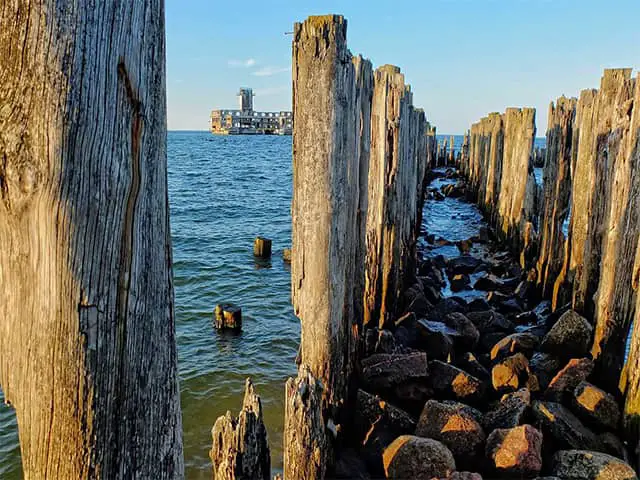
Germany wants to make its own bombs
In September 1939, the German Army went into Poland. This was the start of the Second World War. At the time, the country’s military used torpedoes made in Italy and Japan, and officials were trying to come up with their own designs. This led to the building of a place to test torpedoes in the Bay of Puck, which is a branch of the Bay of Gdask to the west and is in the southern Baltic Sea.
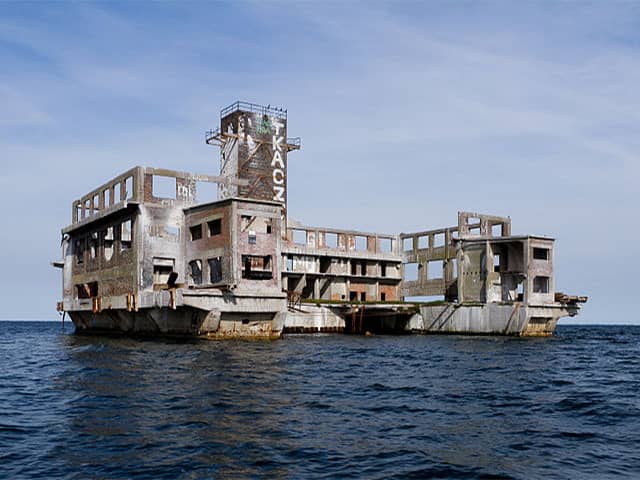
There were two separate platforms built. The most famous was Torpedowaffenplatz Hexengrund, which the Polish called “Torpedownia.” The other, Torpedo Versuchsanstalt Oxhôlt, better known as “Formoza,” was only 4-5 KM away. Each one ran separately, but they shared a training ground and were linked by a train that went along the beach.
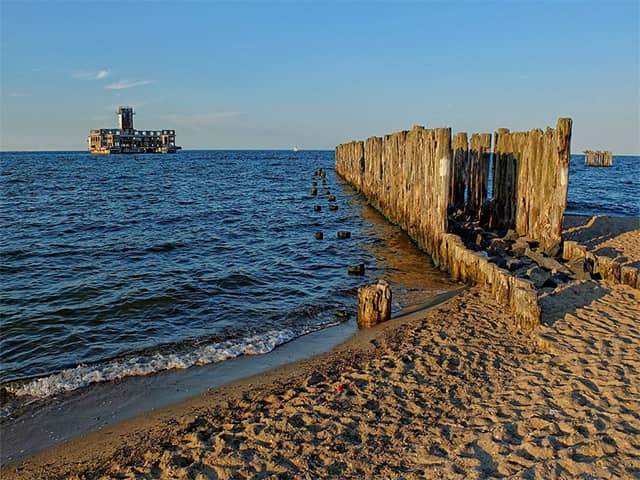
The Kriegsmarine mostly used Formoza, while the Luftwaffe used Torpedownia most of the time. The second one had a room for putting together torpedoes, an observation and fire control tower, and two torpedo shafts for testing. The platform was also connected to the shore by a pier.
During the last years of the war, torpedoes were put to the test.
At Torpedownia, the Luftwaffe tested torpedoes that could be dropped from planes like the Junkers Ju 52, Heinkel He 111, and Focke-Wulf Fw 190. The German F5b model was used from the end of 1941 until the end of the war. It had a wooden K3 tail that was used to control its flight path.
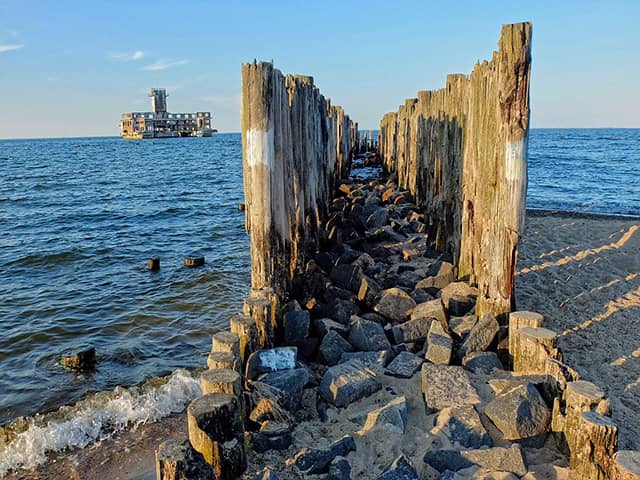
They could also be launched from Kriegsmarine E-boats, which were fast attack boats.
These torpedoes were put together with parts that came by train from the mainland. During the testing phase, they were launched without explosives and caught in a net that were strategically placed between Torpedownia and Formoza.
Follow us on Pinterest
The Soviets ruled over Torpedownia
In March and April 1945, as the Red Army moved quickly toward the area, the Germans left Torpedownia and Formoza, letting the Soviets take control. The Soviets took apart the technical parts of the facilities and sent them back to the USSR, where it is thought they were never put back together or used.
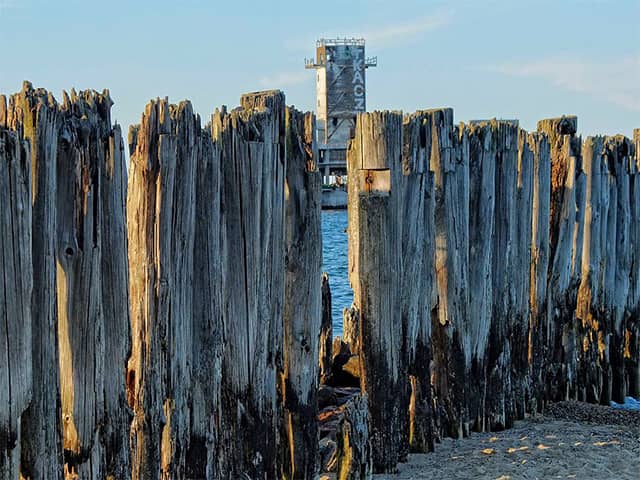
The Soviets did military dive training and research while they were based on Torpedownia and Formoza. The wooden pier was blown up so that people who didn’t belong in Torpedownia couldn’t cross the bay to get there. The rest of the structure was taken down in the 1990s. At the moment, only the pier’s foundation remains.
Since then, Torpedownia and Formoza have been left alone.
Today, the Polish military often uses Formoza to train its special forces divers, who were named after the abandoned German facility (full name Jednostka Wojskowa Formoza). Gdynia is where the headquarters of the special forces are.
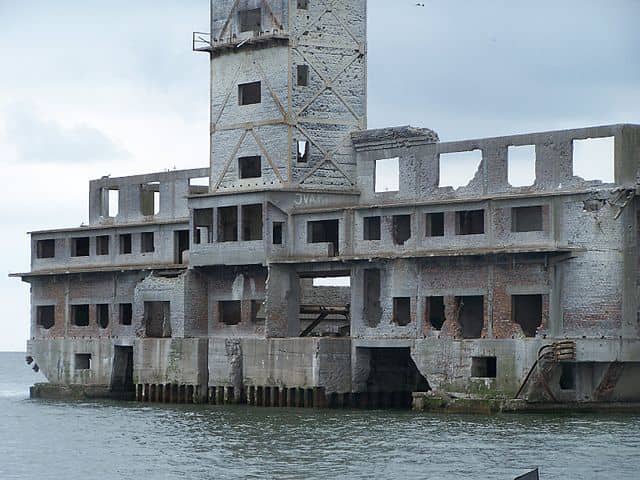
Torpedownia has, for the most part, been left alone. Even though it is still standing and can be seen by swimmers and boaters, it is at risk of falling down. So, people are told to be careful as they explore the platform.

